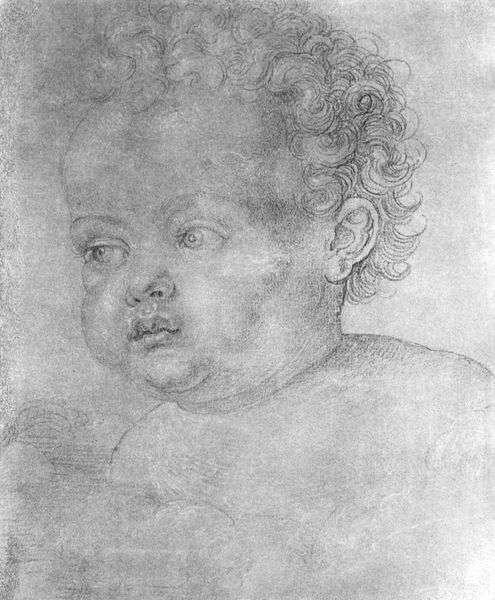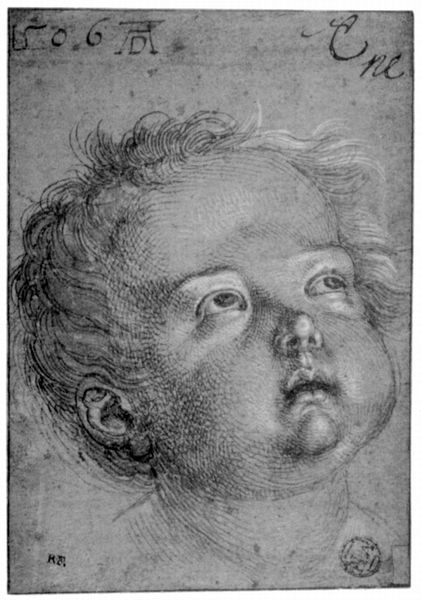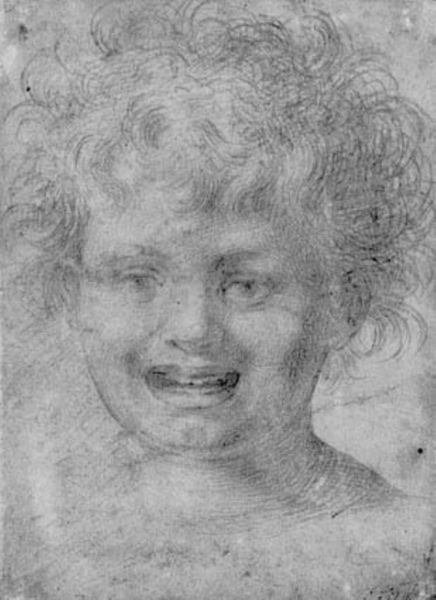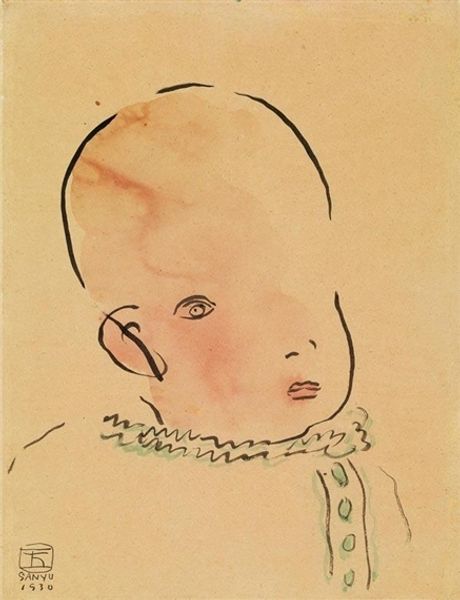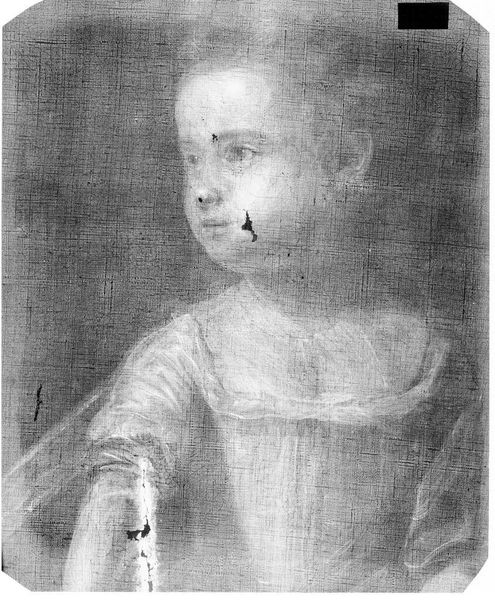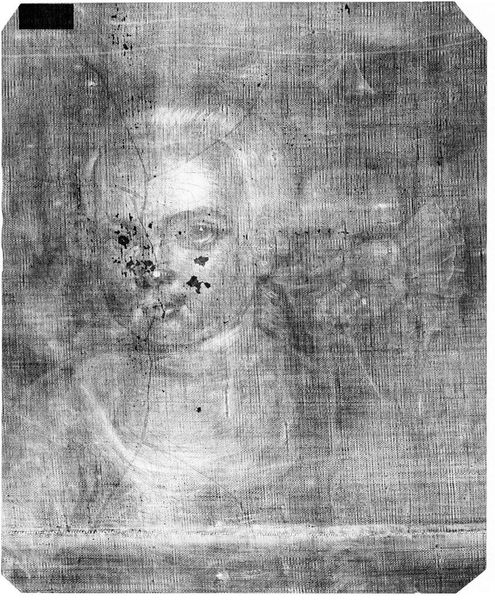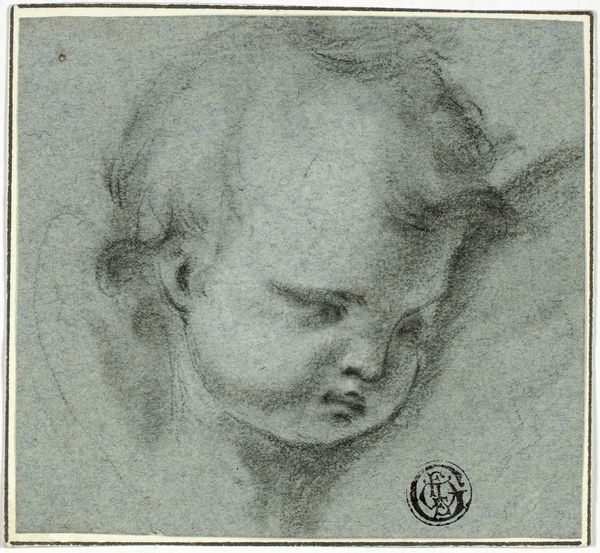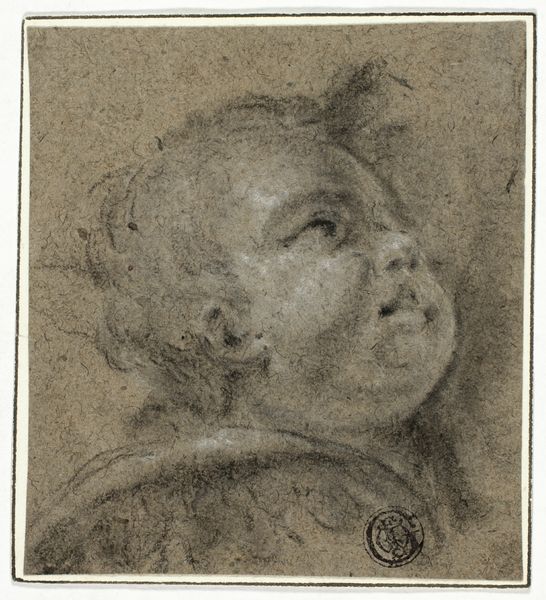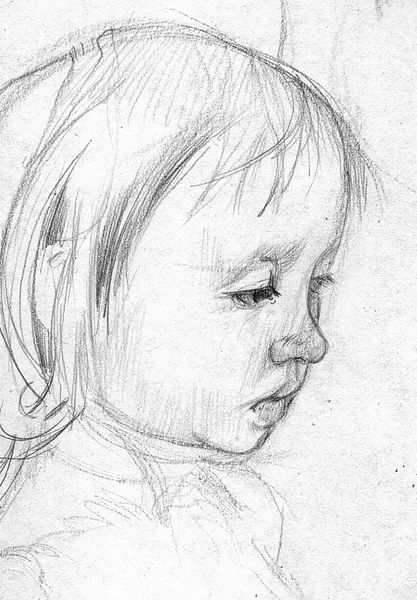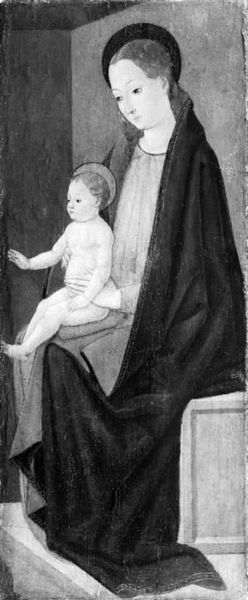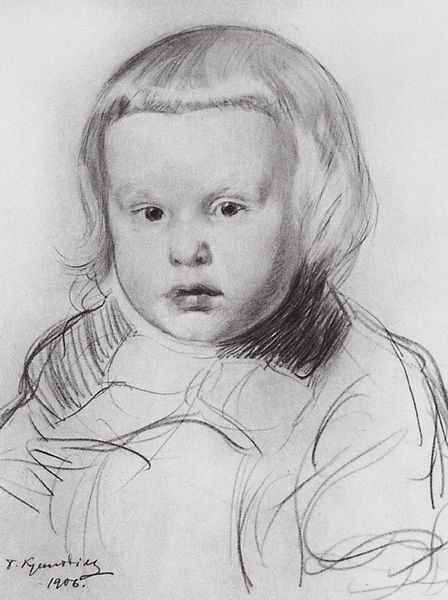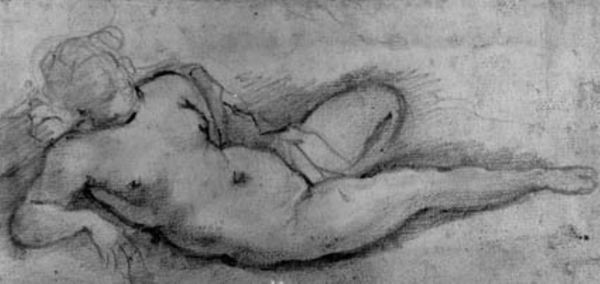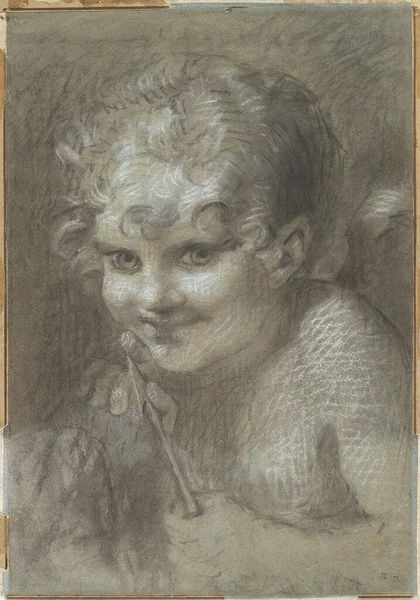
drawing, charcoal
#
portrait
#
drawing
#
charcoal drawing
#
male portrait
#
sketch
#
portrait drawing
#
charcoal
#
northern-renaissance
#
angel
Copyright: Public domain
Albrecht Dürer created this emotive drawing, "Weeping Angel Boy," in 1521 using black chalk. Dürer lived during a time of immense social and religious upheaval, marked by the Protestant Reformation and widespread social inequality. This drawing offers a poignant study of childhood vulnerability and the performative nature of religious iconography. The cherubic figure, traditionally a symbol of innocence and divine grace, is rendered here with a strikingly human expression of distress. The meticulous detailing of the child’s face, contorted in tears, evokes a raw, unfiltered emotion that challenges the idealised representations of angels. Dürer masterfully captures the dual nature of the angel, highlighting not only its divine status, but also its capacity for human-like suffering. Through the emotive face of the child, Dürer invites us to reflect on the burdens of innocence and the weight of expectations placed upon those deemed pure. This approach personalizes the divine, making it accessible and deeply relatable.
Comments
No comments
Be the first to comment and join the conversation on the ultimate creative platform.
